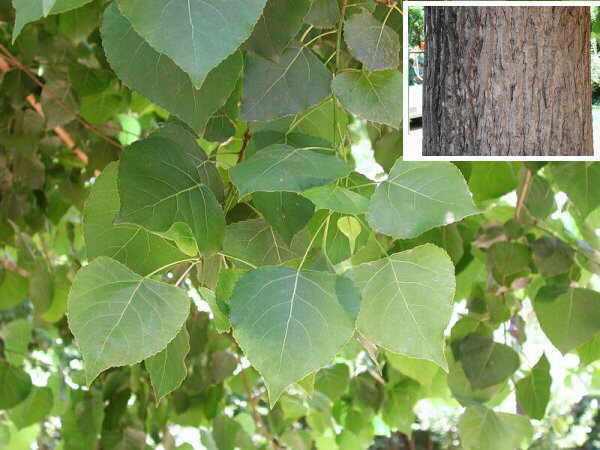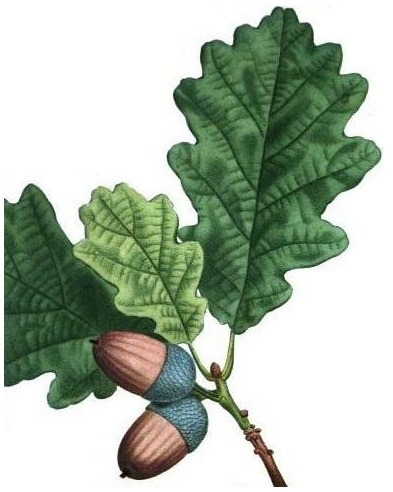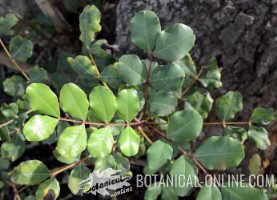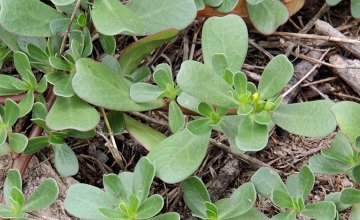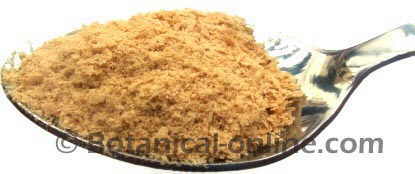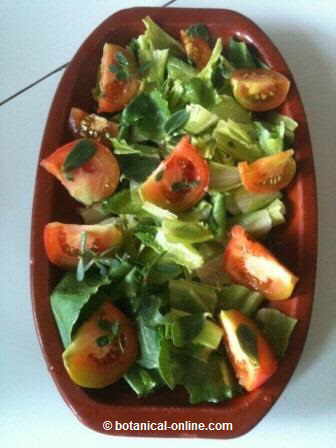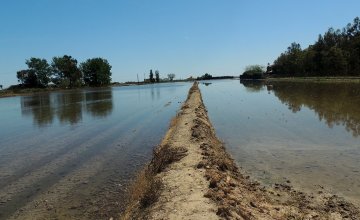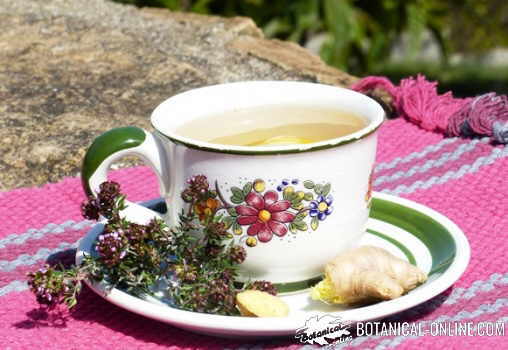Contents
Characteristics of emollient plants
What are emollient plants?
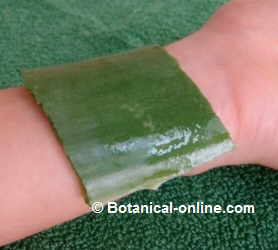
Emollient plants are those that exert a moisturizer and anti-inflammatory function.
What are emollient plants used for?
– In external use: They are generally used to soften and protect calluses, irritation, dryness, etc. Most are used, in the form of creams or ointments, for external use in conditions such as tumors, irritated skin, calluses, eczema, etc.
– In internal use: Its moisturizer action is not only restricted to external use. Internally they are mainly used to soften the mucous membranes of the digestive or respiratory system in conditions such as gastritis, stomach pain, bronchitis, cough, etc.
On the other hand, emollient plants, due to their richness in fiber, help to promote intestinal transit, preventing or helping to solve constipation problems.
What components provide emollient properties?
Among the main components that give emollient properties to medicinal plants we can mention:
How do these principles act to achieve these properties?
This property is produced by the ability of these components to prevent the evaporation of water so that a kind of protective layer or film is formed on the skin or mucous membranes, which keeps it more hydrated.
Main emollient plants for external use for skin problems
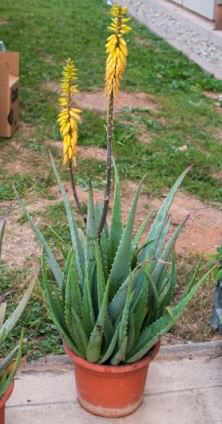
Among all of them we have, for example, the following:
- Oats (Avena sativa) A poultice of hot oatmeal applied to the skin helps moisturizer and reduce inflammation. Very useful in case of itching, pruritus, eczema, etc.
- Fenugreek (Foenum graecum) Like oatmeal, a hot poultice of fenugreek flour can be applied to sore, dry skin.
- Onion (Allium cepa) A hot onion poultice applied to pimples, boils or acne pimples will help soften these imperfections and reduce skin inflammation. On the other hand, due to their antiseptic properties, they will prevent them from becoming infected.
- Aloe vera (Aloe vera) Its glycerol content provides emollient properties. Aloe vera gel is one of the main remedies to soften and reduce inflammation of the skin.
- Marshmallow (Althaea officinalis) Contains pectin and mucilage throughout the plant, the roots being the richest in starch. Due to its emollient properties, it is used to make skin remedies.
- Flax (Linum usitatissimum) Flax seeds are very rich in pectin and mucilage. Poultices of freshly ground flax seeds are applied to the skin to reduce pain, moisturize and reduce inflammation.
- Plantain (Plantago sp.) Plantains are plants that are very rich in mucilage. The leaves of the plantain, crushed and applied to the skin, are used for therapeutic purposes. Within the group of plantains we have the psyllium (Plantago psyllium, Plantago ovata) whose mucilaginous seeds are mainly used internally for constipation. They could also be applied as a poultice on the skin with properties similar to flax seeds.
Emollient plants for internal use
Emollient plants for digestive problems
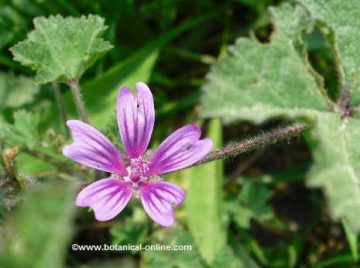
The action of the principles of these plants on the digestive mucosa manages to reduce inflammation and moisturize them and, as a consequence, reduces swelling and pain. Among the main emollient plants for the digestive system we can mention the following:
- Common mallow (Malva sylvestris) and marshmallow (Althaea officinalis) Rich in protective mucilage of the gastric mucosa. The infusion of dried leaves and flowers of these plants is especially recommended for this purpose.
- Banana (Musa paradisiaca) Bananas are rich in pectin and starch. It has been seen that eating bananas protects us against stomach ulcers and gastritis.
- Okra (Abelmoschatus esculentus) It is very rich in pectin, so it is recommended for people with gastritis, ulcers or heartburn.
- Pitahaya (Hylocereus undatus) The fruits of this plant contain a lot of soluble fiber with an emollient effect on the stomach mucosa. It protects from gastric juices and acidity.
Emollient plants for bronchitis
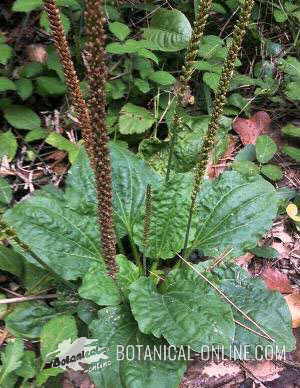
Emollient plants for bronchitis or other diseases of the respiratory system are those that soften the mucus of the respiratory system and protect the throat, relieving the pain caused by coughing. Among all of them, we can mention the following:
- Common mallow (Malva sylvestris): (Infusion for 10 minutes of two tablespoons of dried leaves per cup of water. To increase its emollient value it can be taken with honey) (Infusion of one tablespoon of flowers with two eucalyptus leaves for 5 minutes.)
- Great mullein (Verbascum thapsus): (Infusion of 15 gr. of dried flowers per liter of water. Filter with a canvas strainer and drink 4 cups a day)
- Greater plantain (Plantago major): (Fresh plant syrup. To do this, crush the plant, filter the liquid. Mix equal parts with sugar, dissolving it in a water bath. Three tablespoons a day. The bactericidal properties of this plant are lost when heated , so this type of cold preparation is the most convenient in case of microorganisms) As an emollient, the infusion of dried leaves at 5% can be used. Drink three cups a day)
- Lime (Citrus aurantifolia): The essential oils of lime deflate the bronchial tubes, relax the chest muscles and help relieve coughing (Infusion of a teaspoon of dried leaves or a piece of lime with bark, 3 times a day. Combine with plants to relieve sore throats caused by coughing, such as greater plantain, common mallow or marshmallow).
- Wild pansy (Viola tricolor): Its mucilaginous fiber helps expel secretions, reduces inflammation and soothes throats irritated by coughing. (Infusion of a teaspoon of dried plant in 1 cup of water, three times a day. Combine with expectorants such as eucalyptus or mint).
![]() More information on bronchitis and respiratory diseases
More information on bronchitis and respiratory diseases

